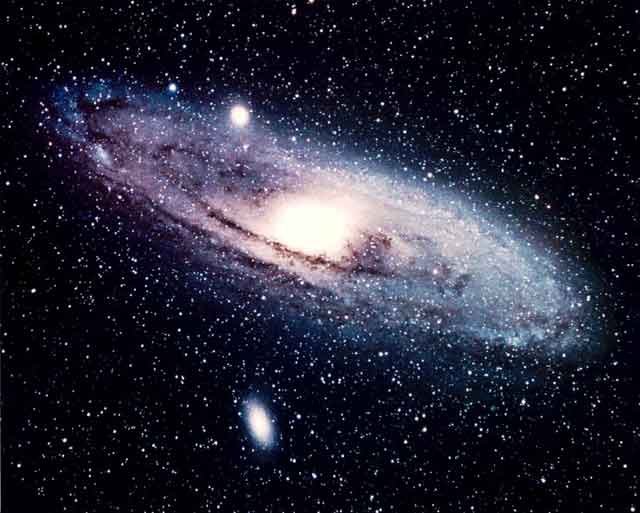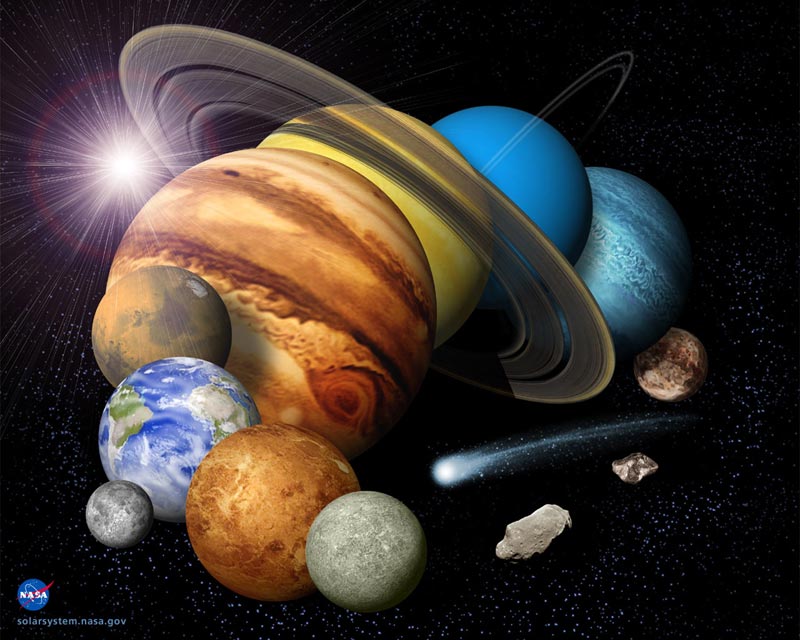 The Helios, which holds the record for fastest manmade object, was a series of two spacecraft launched in the mid-1970s to study the Sun. Both probes were developed through cooperation between the US and West Germany with scientists from both nations providing experiments and NASA providing the launch vehicle and booster. Helios 1 was launched in December 1974 and Helios 2 in January 1976, both reaching the Sun within about three months.
The Helios, which holds the record for fastest manmade object, was a series of two spacecraft launched in the mid-1970s to study the Sun. Both probes were developed through cooperation between the US and West Germany with scientists from both nations providing experiments and NASA providing the launch vehicle and booster. Helios 1 was launched in December 1974 and Helios 2 in January 1976, both reaching the Sun within about three months.
What made the Helios missions so unusual was that the two craft made incredibly close passes to the Sun resulting in very high orbital speeds. These high speeds resulted from the fact that both probes were placed into very elliptical, or eccentric, orbits around the Sun. When a probe is placed into a circular orbit, its speed remains a constant. For example, the Space Shuttle orbits the Earth in a circular or nearly circular orbit at a constant speed of between 17,000 and 18,000 mph (27,355 to 28,960 km/h). When in a highly elliptical orbit, however, a vehicle will reach very high speed when it is close to the body it is orbiting but slow down considerably when it is far away.
The Helios missions both orbited in this manner, with a furthest distance (or aphelion) of nearly 1 Astronomical Unit (AU), which is the distance at which the Earth orbits the Sun. Meanwhile, the closest approach (or perihelion) of the Helios probes was about 0.3 AU. The eccentricity of such an orbit is about 0.54 with a period of about 190 days. The maximum speed of Helios 2, which achieved its perihelion distance of 0.29 AU on 17 April 1976, is quoted as about 150,000 mph (241,350 km/h). By applying some simple equations of orbital mechanics, we can confirm that such an orbit would indeed result in a perihelion velocity of 153,800 mph (247,510 km/h). For comparison, the aphelion speed of Helios 2 turns out to be only 45,360 mph (72,985 km/h) at its farthest distance of 0.983 AU. This massive differential between the vehicle's maximum and minimum speeds graphically illustrates how much an elliptical orbit varies from the circular orbit discussed earlier.
The reason the Helios probes were given such unusual orbits is that they were intended to make various measurements of the interplanetary space between the Sun and Earth. Each probe was equipped with ten experiments including high-energy particle detectors to measure the solar wind, magnetometer readings of the Sun's magnetic field, measurements of variations in electric and magnetic waves, and a micrometeoroid experiments. The two probes completed their primary missions by the early 1980s but were still sending data as late as 1985. Though they are no longer functional, both craft remain in their eccentric orbits around the Sun.
The Helios missions both orbited in this manner, with a furthest distance (or aphelion) of nearly 1 Astronomical Unit (AU), which is the distance at which the Earth orbits the Sun. Meanwhile, the closest approach (or perihelion) of the Helios probes was about 0.3 AU. The eccentricity of such an orbit is about 0.54 with a period of about 190 days. The maximum speed of Helios 2, which achieved its perihelion distance of 0.29 AU on 17 April 1976, is quoted as about 150,000 mph (241,350 km/h). By applying some simple equations of orbital mechanics, we can confirm that such an orbit would indeed result in a perihelion velocity of 153,800 mph (247,510 km/h). For comparison, the aphelion speed of Helios 2 turns out to be only 45,360 mph (72,985 km/h) at its farthest distance of 0.983 AU. This massive differential between the vehicle's maximum and minimum speeds graphically illustrates how much an elliptical orbit varies from the circular orbit discussed earlier.
The reason the Helios probes were given such unusual orbits is that they were intended to make various measurements of the interplanetary space between the Sun and Earth. Each probe was equipped with ten experiments including high-energy particle detectors to measure the solar wind, magnetometer readings of the Sun's magnetic field, measurements of variations in electric and magnetic waves, and a micrometeoroid experiments. The two probes completed their primary missions by the early 1980s but were still sending data as late as 1985. Though they are no longer functional, both craft remain in their eccentric orbits around the Sun.












No comments:
Post a Comment